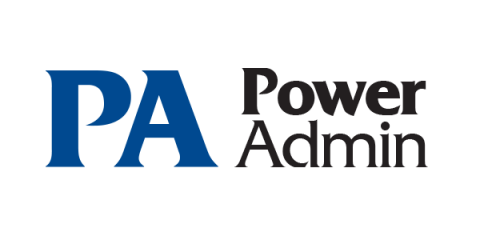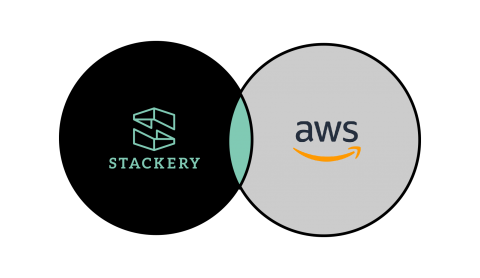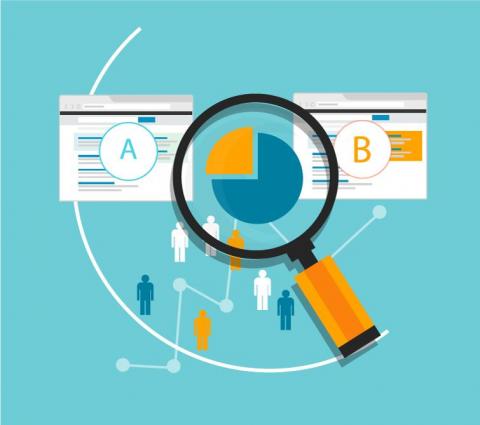What Is End User Monitoring?
For any business to succeed, it’s important for it to reach users effectively. Almost every business today is online and therefore reaches users through applications. If you run an online business, or if you are a part of such a business, it’s important for you to know what impact your application has on your users. One of the best ways for you to know what impact your application has on the user is through end user monitoring.











